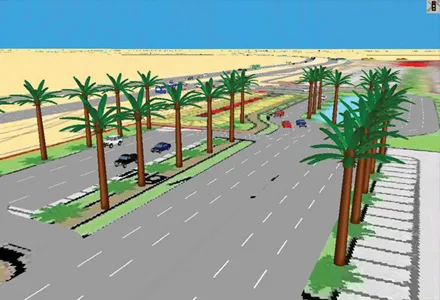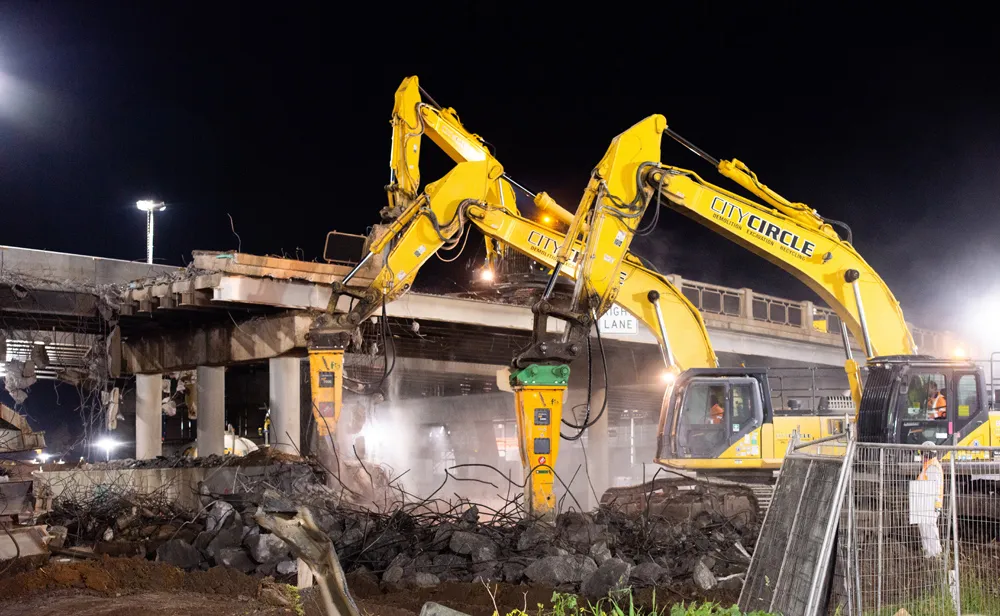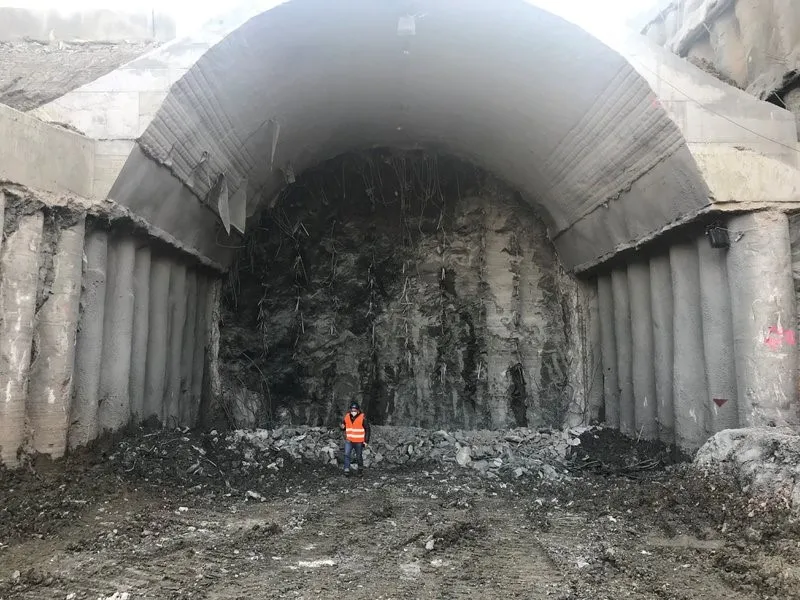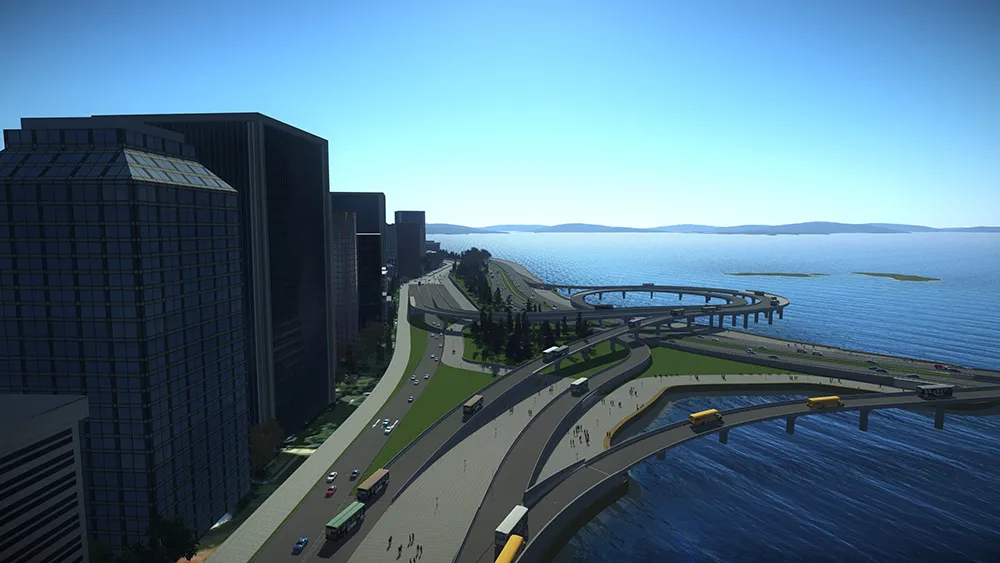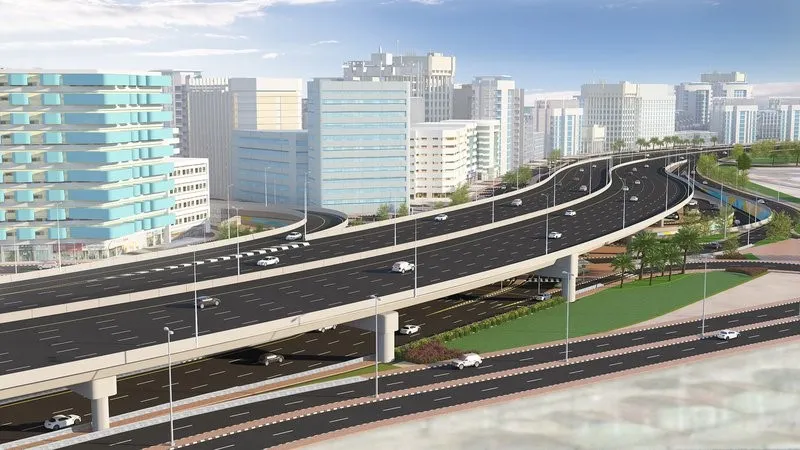
The BESIX Group is to build two flyover bridges, a one-lane ramp and a two-lane tunnel in Dubai’s Shindagha district near Port Rashid. The work includes constructing the bridges and laying new pavement surfaces. They also include adding signing and road markings, street lighting, traffic systems, a storm water drainage system. During the project the firm will use diversions and measures to protect existing services.
The contract was awarded by Dubai’s Roads and Transport Authority (RTA) and the project will improve traffic flow on a major intersection in the old Dubai district. Crossing major thoroughfares of the city, the new infrastructure will reduce traffic congestion.
The contract was awarded to Six Construct, a BESIX entity in the Middle East, by RTA. It is part of RTA’s Shindagha Corridor Improvement project, a 13km-long road network along Sheikh Rashid, Al Mina, Al Khaleej, and Cairo Streets, that will be executed in five phases and is due for completion in 2027. Six Construct won the tender against five other competitors.
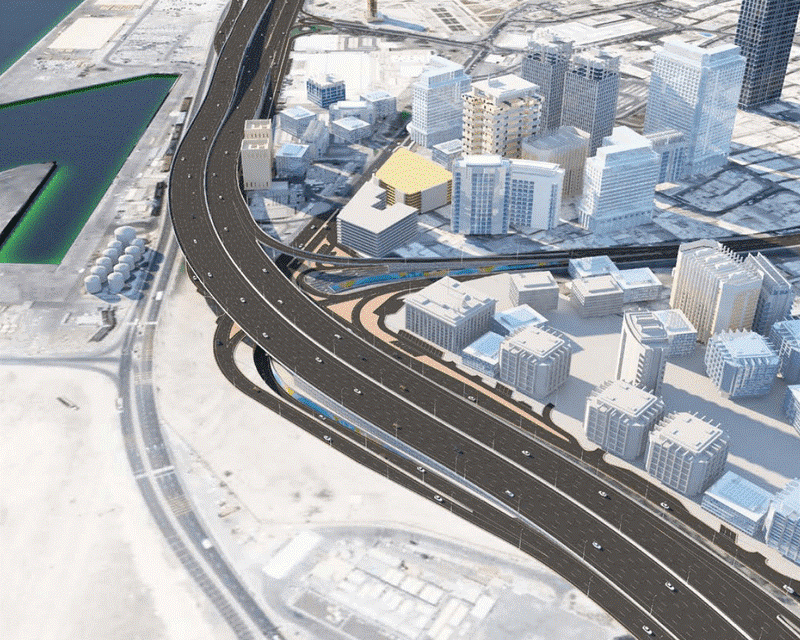
The new infrastructure will improve the Al Falcon junction at the intersection between Al Khaleej Street, Ghubaiba Street and Khalid Bin Al Waleed Street. It includes two flyover bridges along Al Khaleej Street with six lanes in each direction, a one-lane ramp from Khaled bin Al Waleed Street towards Al Khaleej Street northbound, and a two-lane tunnel for left-turn movements from Khaled Bin Al Walid Street to Mina Street southbound. The two main bridges, 466m and 792m long, are cast-in-situ, post-tensioned, box-shaped concrete bridge structures. The tunnel is 456m long, made of reinforced concrete retaining wall and slab, and is covered over 85m length in the centre, under the road junction. The at-grade signalised junction under the bridge will also be improved.
Boosting traffic flow and safety is a priority for RTA. One of the requirements is that the traffic remains uninterrupted, which means the works will be carried out in several phases of road diversions and construction, and occur in a same area in sequences only.
Olivier Crasson, General Manager of BESIX Contracting Middle East: “We are proud to participate in a project that will improve mobility and safety in Dubai. Works will be carried out in such a way that traffic will not be disrupted. We attach great attention to traffic flow and safety and have planned our working methods accordingly.”
Completion of the project is expected in 2022.


